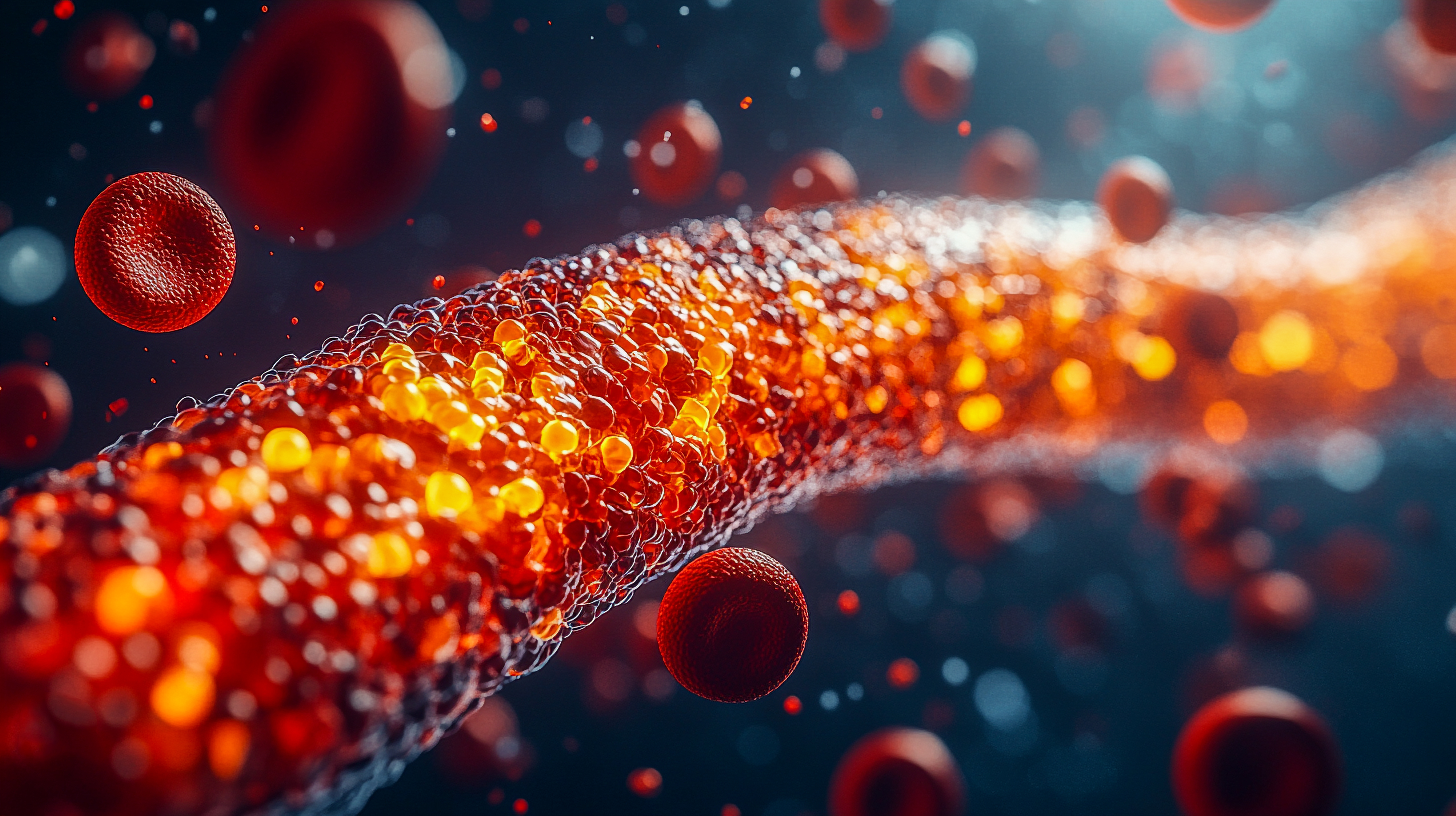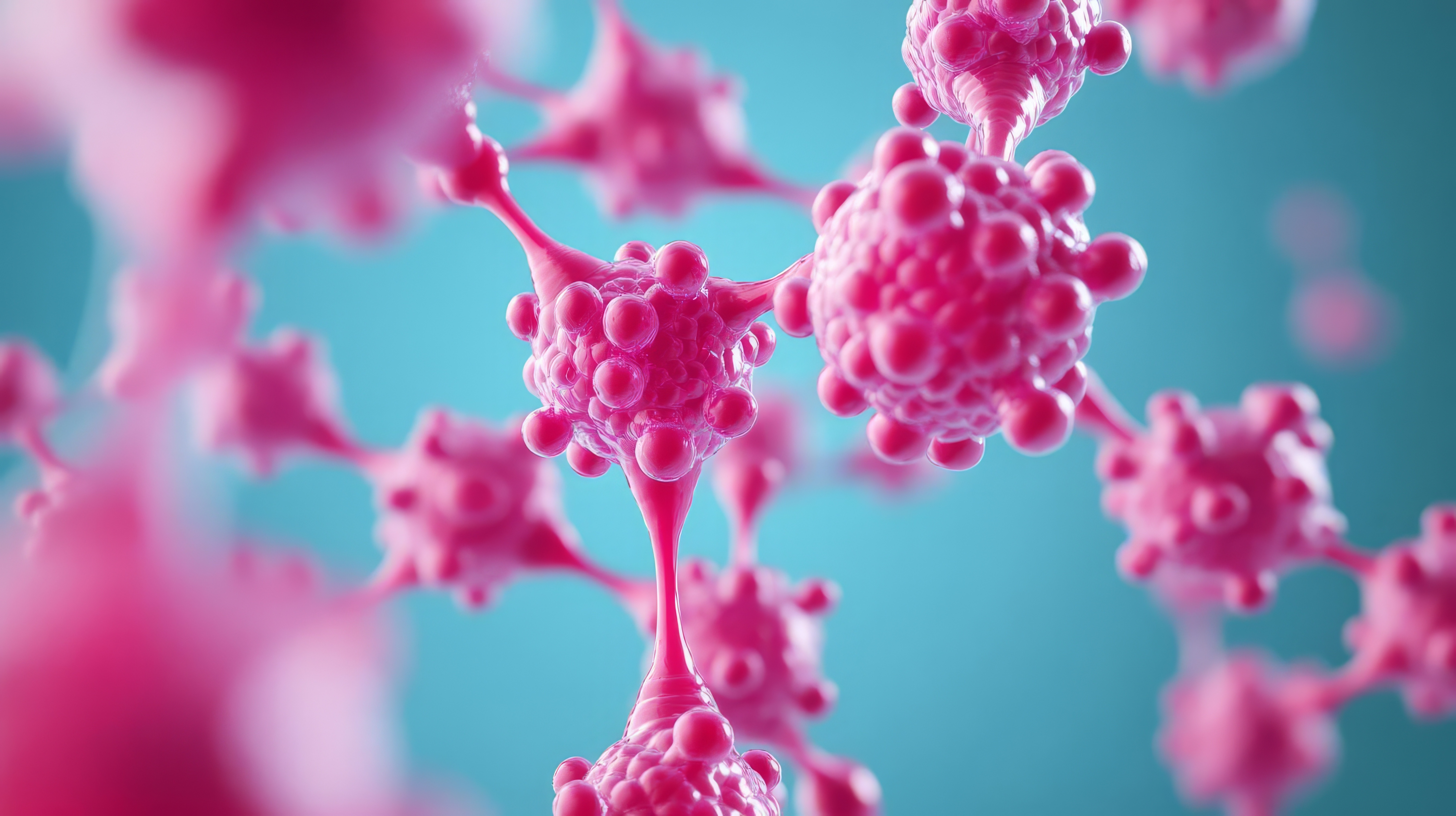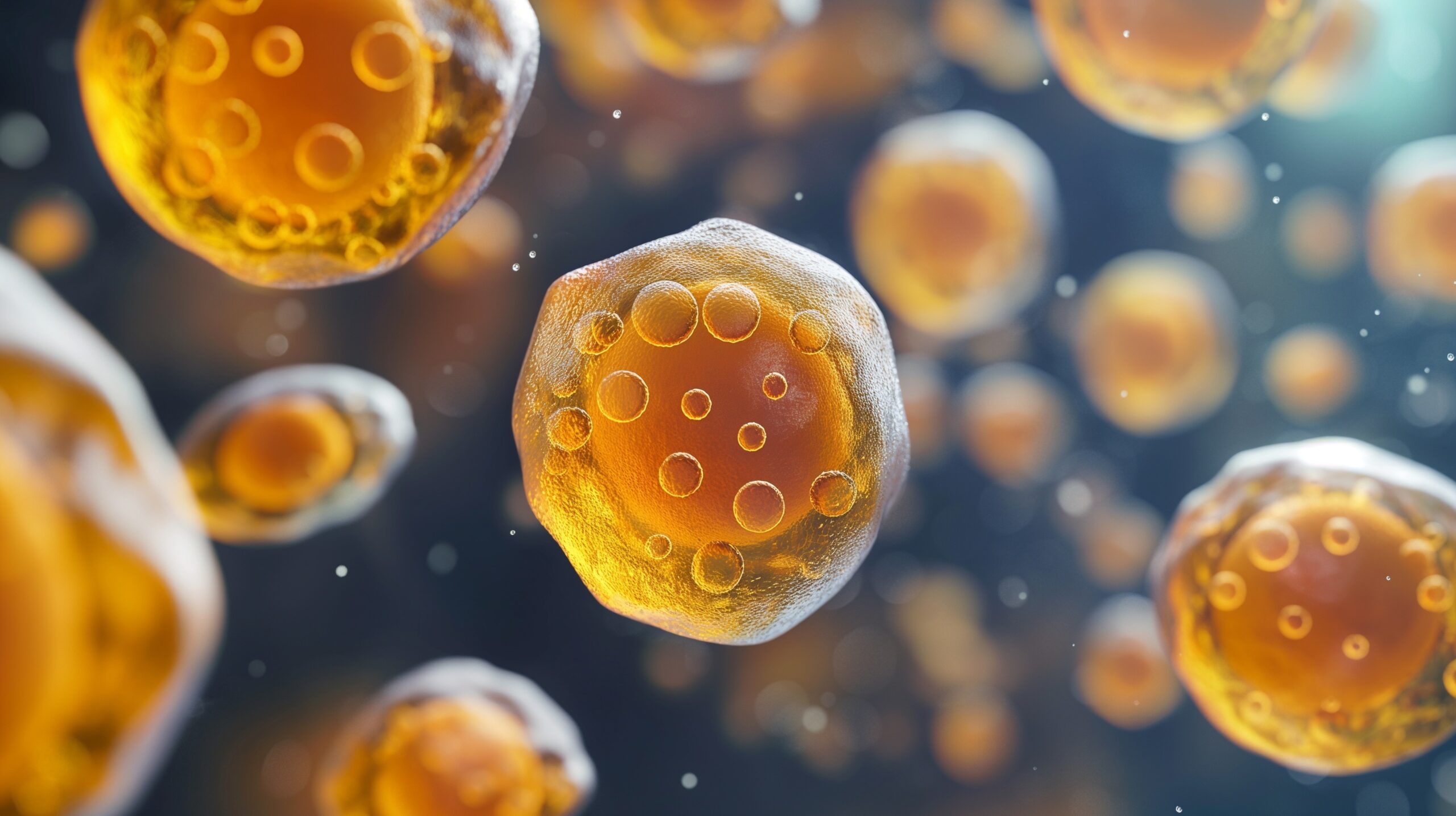We are developing breakthrough therapeutics for treating obesity and related cardiometabolic diseases to help people achieve high quality, durable weight loss and better overall metabolic health. Our pipeline is initially focused on highly validated targets within the transforming growth factor beta (TGF-β) superfamily.
• Myostatin
• Myostatin & Activin A Bispecific
• Activin E
These proteins are believed to inhibit muscle growth and balance calorie intake with calorie expenditure. By “inhibiting the inhibitors,” our therapeutic candidates have the potential to help patients retain and build muscle mass during and after weight loss with glucagon-like peptide-1 receptor agonists (GLP-1s), while enhancing fat specific weight-loss for better health.
While current GLP-1s have led to significant weight loss and improved health for many clinically obese patients, a new generation of therapeutics is needed to overcome their shortcomings, such as loss of muscle mass while on treatment, inconvenient dosing, and side effects that lead some patients to discontinue therapy.


